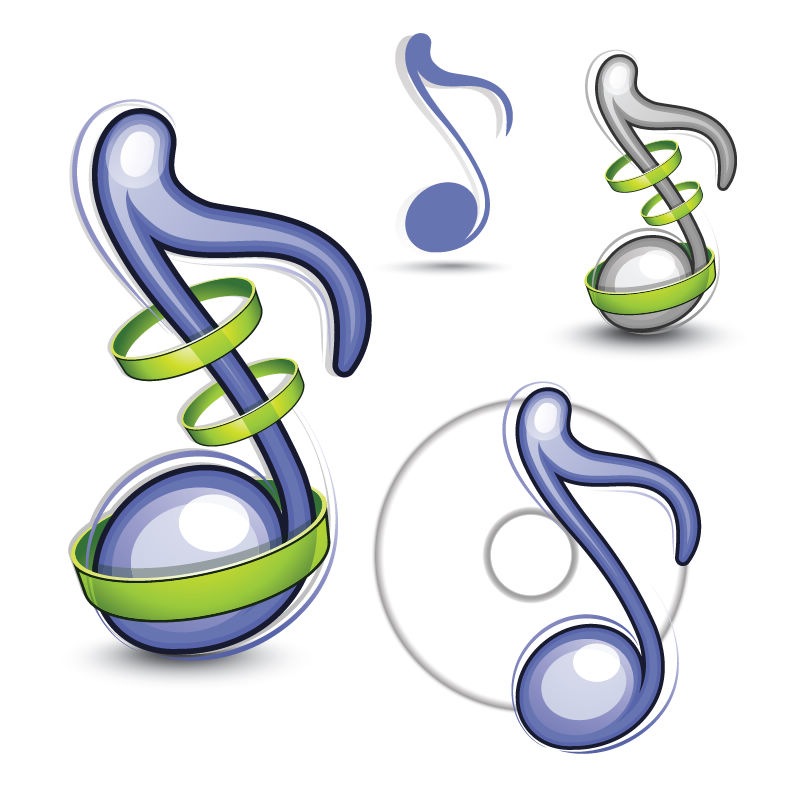
>NUDGE:
1. to push or poke (someone) gently, esp with the elbow, to get attention; jog, 2. to push slowly or lightly as I drove out, I just nudged the gatepost, 3. to give (someone) a gentle reminder or encouragement.
- The Free Dictionary
It's spring break at UW and Academic Technologies is busy planning, catching up, thinking ahead and even presenting to colleagues on how we're using technology in new ways to engage students and improve our retention efforts.
Presenting: shout out to UW's TechConnect and to the Washington State CanvasCon. Local conferences create great community connections!
What are we speaking about?
Nudging.
Following the work of Cass and Sunstein, documenting the way that subtle interventions can improve choices in a variety of situations, UW Tacoma has been exploring how we can improve student performance, engagement and behaviors in the educational setting.
Carmean and Mizzi took this research and explored the idea of nudge interventions in higher education and where we might see improvements.
The Mobile Nudge
Based on that work, UW Tacoma began working with Persistence Plus, a vendor that sends mobile text messages to students with information, encouragement and behavioral interventions.
The collaboration began with online math classes,
expanded to math and stats and to the first year experience.
We saw significant success in specific targets, but less evidence that mobile nudges can improve retention for the general population. We are now expanding to new behavioral interventions:
- targeting students not registered for Autumn courses 3 weeks before school starts
- and to near completers struggling with final courses and requirements.
Every student is different, every student may need different supports - at different times, in different ways. Nudge initiatives meet the students where they are.
Nudging with Canvas & Analytics
Returning to Carmean and Mizzi's research hypothesis that nudge initiatives can best be directed at persistent and retention challenges for the 21st century university, UW Tacoma is looking into more effective ways to build a Nudge Culture into the curriculum. The LMS is our focus point, as it has increasingly added analytic features that allow better, quicker, personalization of learning. They simply need to be implemented into practice. One underutilized (some would claim well-hidden) feature for nudging to performance is the Gradebook's "Message students who..."

In the past, it has been time-consuming for faculty to give feedback to students that perform in patterns that would benefit from feedback, resources, encouragement. Now, students are sent a personal message based on behavior seen in the LMS. In moments, instructors can select a message category and send personal notes to all students meeting that criteria. The challenge, since this has not been a practice in the past, is to tap into a collective understanding of effective nudges. UW Tacoma has been doing workshops to create shared, tested, effective triggers and phrases.
And that's just the beginning. We're learning so much from colleagues regarding use of Syllabus Quiz, multiple attempt quizzing, Discussion Board reveals, prerequisite modeling, gamification of content, and more. Keep nudging, the we smarter than me!
Collaborative response from Washington State CanvasCon workshop on using Canvas as Nudge environment.
AND...New Possibilities in Nudge Analytics at UWT
 Eyes on the horizon, the University of Washington has partnered with Civitas Learning to bring all our data about students together in one interface. We will be able to data mine for trigger points of poor persistence, and if we rise to the challenge of moving analytics into action, we will create new nudges, supports, and resources to target interventions.
Eyes on the horizon, the University of Washington has partnered with Civitas Learning to bring all our data about students together in one interface. We will be able to data mine for trigger points of poor persistence, and if we rise to the challenge of moving analytics into action, we will create new nudges, supports, and resources to target interventions.
Each student is different, learns differently, faces different challenges. The 21st century campus has the opportunity to meet them where they are and provide the support, resources, and interventions that student needs.





